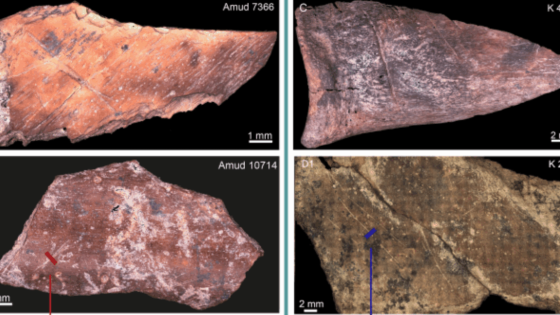Recent research reveals fascinating insights into Neanderthal dietary preferences, particularly regarding their meat consumption habits. The study, published on 2025-07-18 19:46:00, compares findings from two significant archaeological sites: Kebara and Amud.
- Neanderthals had varied diets at Kebara.
- Amud focused primarily on gazelle meat.
- Kebara bones showed fewer cut marks.
- Amud bones had haphazard, deep cut marks.
- Meat at Amud was likely less fresh.
- Dietary differences indicate distinct hunting practices.
At Kebara, Neanderthals showcased a diverse palate, hunting various animals, including gazelle and red deer. In contrast, the Amud site indicates a more specialized focus on gazelle, particularly the legs, suggesting distinct culinary practices. What could have influenced these dietary choices?
This divergence raises intriguing questions about Neanderthal culture and survival strategies. Why did the Amud group favor less fresh meat? The differences in butchering techniques provide clues:
- Kebara bones showed fewer, straighter cut marks, indicating fresher meat.
- Amud bones were cluttered with curved, deep cut marks, suggesting processing of decaying carcasses.
- Variations in diet may reflect environmental or social factors influencing hunting practices.
As researchers continue to explore these ancient diets, we may uncover more about the complexities of Neanderthal life. What other secrets do these archaeological sites hold?

































